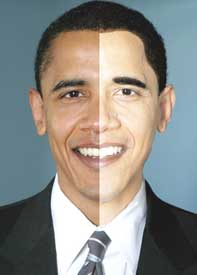 Tiffany D. Jones at Mulatto Diaries has given me her kind permission to cross post her wonderful review of Heidi Durrow’s “The Girl Who Fell From the Sky” (2010). Some of you might know Heidi Durrow from her blog, The Light-skinneded Girl.
Tiffany D. Jones at Mulatto Diaries has given me her kind permission to cross post her wonderful review of Heidi Durrow’s “The Girl Who Fell From the Sky” (2010). Some of you might know Heidi Durrow from her blog, The Light-skinneded Girl.
The best moments in reading are when you come across something – a thought, a feeling, a way of looking at things – that you’d thought special, particular to you. And here it is, set down by someone else, a person you’ve never met, maybe even someone long dead. And it’s as if a hand has come out, and taken yours.
– The History Boys
This is exactly how I felt while reading Heidi Durrow’s debut novel “The Girl Who Fell From the Sky” (available now wherever books are sold). Except that I do know her, and I thank God that she’s not dead because I need more from this author/friend of mine. Heidi has written one of the best books I have ever had the pleasure of reading, biracial subject matter or not. Truly beautiful, profound, poignant. All that good stuff and more! I read (more like devoured) TGWFFTS during an extremely difficult time in my life. I felt as though the book was saving me. And reminding me of all the good things I have to offer. And that no matter what hardships and tragedies we may go through in life, the story goes on – there’s another chapter to be lived.
Though the book is not entirely about being black and white, there are many beautiful passages that honestly touch upon the heart of that matter. I often find myself lamenting the fact that this biracial identity is so misunderstood out in the world at large. “The Girl Who Fell From the Sky” offers much insight. I sincerely hope that it is widely read. We all need this book. Whether we know it or not.
A few of my favorite “themes” of the novel:
Loss of self, becoming the “new girl”, becoming “black”, forsaking white. Making deals with the self. Deals which become layers covering over the authentic self. The self that the biracial kid loses when they feel pressured to be just one thing. Then eventually you long to be just one thing because no matter how hard you pretend to be whatever it is they want you to be, you can never totally convince yourself that you are exclusively that one thing. Because you aren’t. But most people seem completely incapable of understanding that, of allowing that. So we find ourselves feeling alone and lonely in groups of people.
One of my favorite quotes from the book is, “I think what a family is shouldn’t be so hard to see. It should be the one thing people know just by looking at you.” Unfortunately, we’ve been trained to recognize families as homogeneous groups. Seeing interracial couples is still jarring for many. Mentally pairing a mother with a child that “does not look like” her can be a major stretch of the imagination. But it is not an imagined thing for many. It is a reality. And for whatever reason that people who don’t have to deal with this don’t seem to understand, we need our families to be recognized.
I could go on and on. I have pages of notes. But I hope this is enough to pique your interest and motivate you to buy (and read!) “The Girl Who Fell From the Sky”. I’d love to hear what you think!


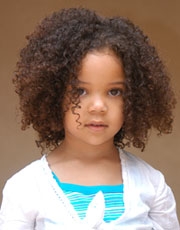


 The following is based on Zadie Smith’s essay “Speaking in Tongues” (2009):
The following is based on Zadie Smith’s essay “Speaking in Tongues” (2009): 
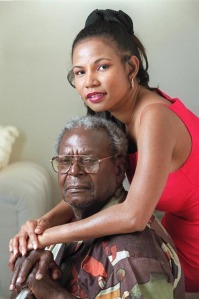
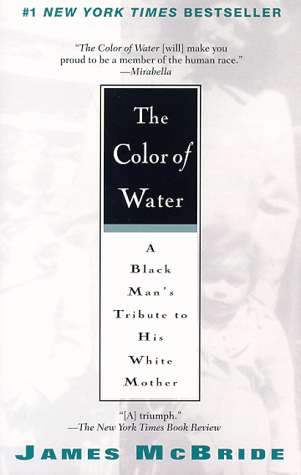
 When he was growing up his mother was the only white person in the neighbourhood, at church, at the bus stop. And yet her past was a mystery. She never talked about where she came from or how she got there. But McBride found he could not understand himself unless he understood the mystery of her past.
When he was growing up his mother was the only white person in the neighbourhood, at church, at the bus stop. And yet her past was a mystery. She never talked about where she came from or how she got there. But McBride found he could not understand himself unless he understood the mystery of her past.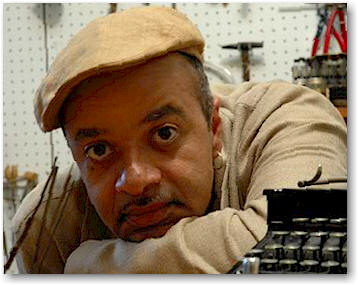 James McBride (1957- ) is an American writer and jazz musician. He is best known as the author of “The Color of Water” (1996), which became a number one bestseller in America and is required reading at many schools and universities. He also wrote “Miracle at St. Anna” (2004), which Spike Lee made into a film of the same name in 2008. McBride has written music for Anita Baker (“Enough Love”), Grover Washington, Jr and Barney (no, not “I Love You”).
James McBride (1957- ) is an American writer and jazz musician. He is best known as the author of “The Color of Water” (1996), which became a number one bestseller in America and is required reading at many schools and universities. He also wrote “Miracle at St. Anna” (2004), which Spike Lee made into a film of the same name in 2008. McBride has written music for Anita Baker (“Enough Love”), Grover Washington, Jr and Barney (no, not “I Love You”). Halle Berry (1966- ) is an American actress, the first black woman ever to win an Oscar for Best Actress. In America she is widely regarded as one of the most beautiful black women alive, even now in her 40s. She was Miss Ohio USA in 1986, a Bond girl in “Die Another Day” (2002) and has long been a face for Revlon.
Halle Berry (1966- ) is an American actress, the first black woman ever to win an Oscar for Best Actress. In America she is widely regarded as one of the most beautiful black women alive, even now in her 40s. She was Miss Ohio USA in 1986, a Bond girl in “Die Another Day” (2002) and has long been a face for Revlon.








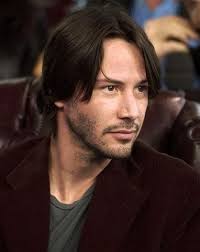
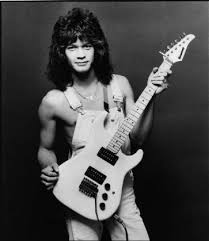

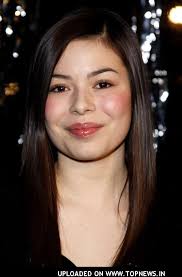
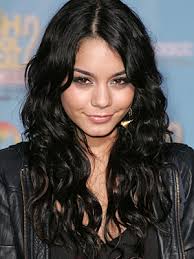

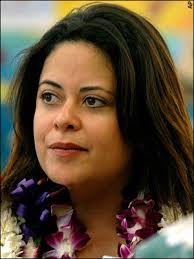
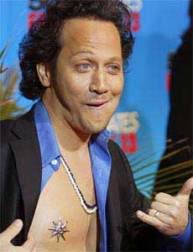
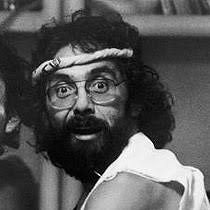

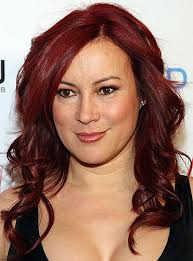


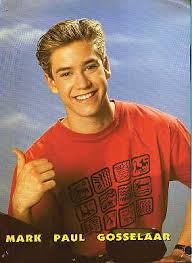


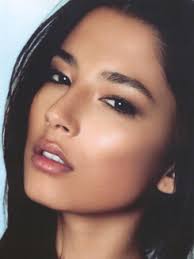


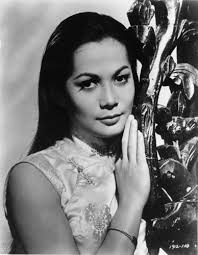
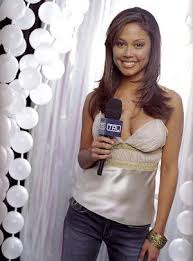
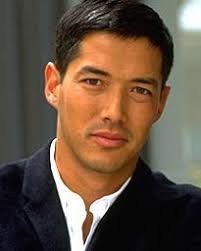

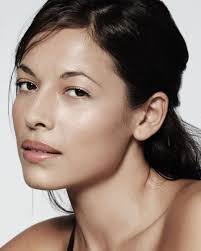

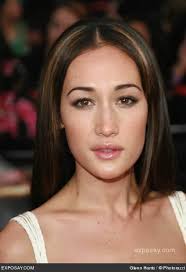
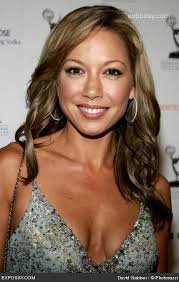
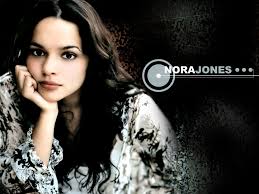
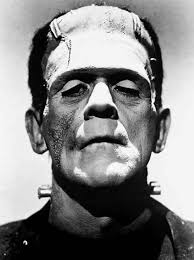



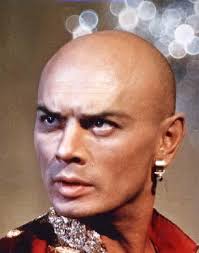


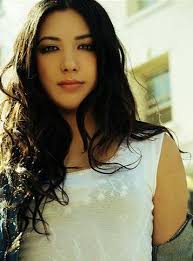

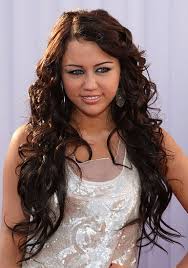

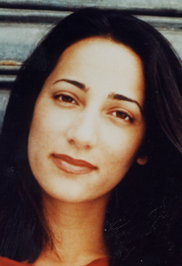 Danzy Senna (1970- ) is an American writer, best known for her book “Caucasia” (1999), a coming of age story about a girl who is somewhere between black and white. It is about a mulatto who is not tragic. Something Senna knows about first-hand.
Danzy Senna (1970- ) is an American writer, best known for her book “Caucasia” (1999), a coming of age story about a girl who is somewhere between black and white. It is about a mulatto who is not tragic. Something Senna knows about first-hand.